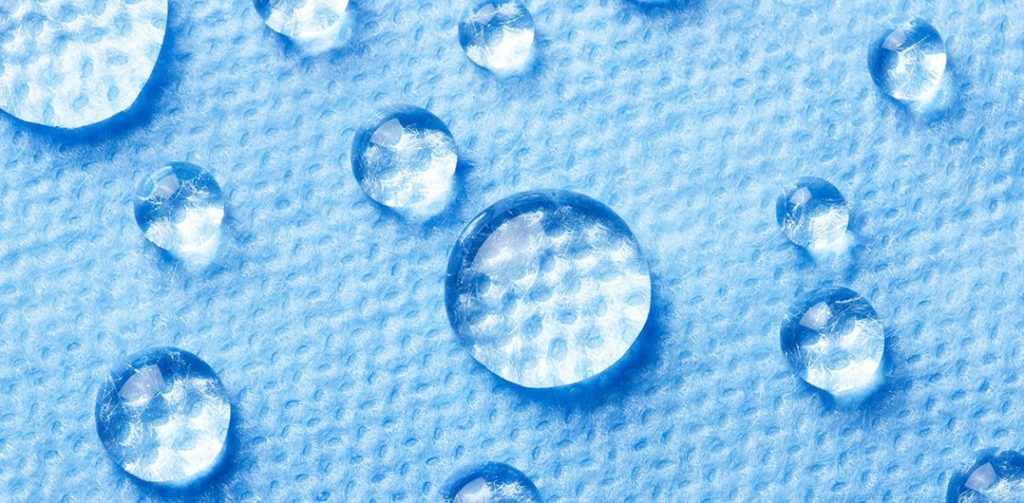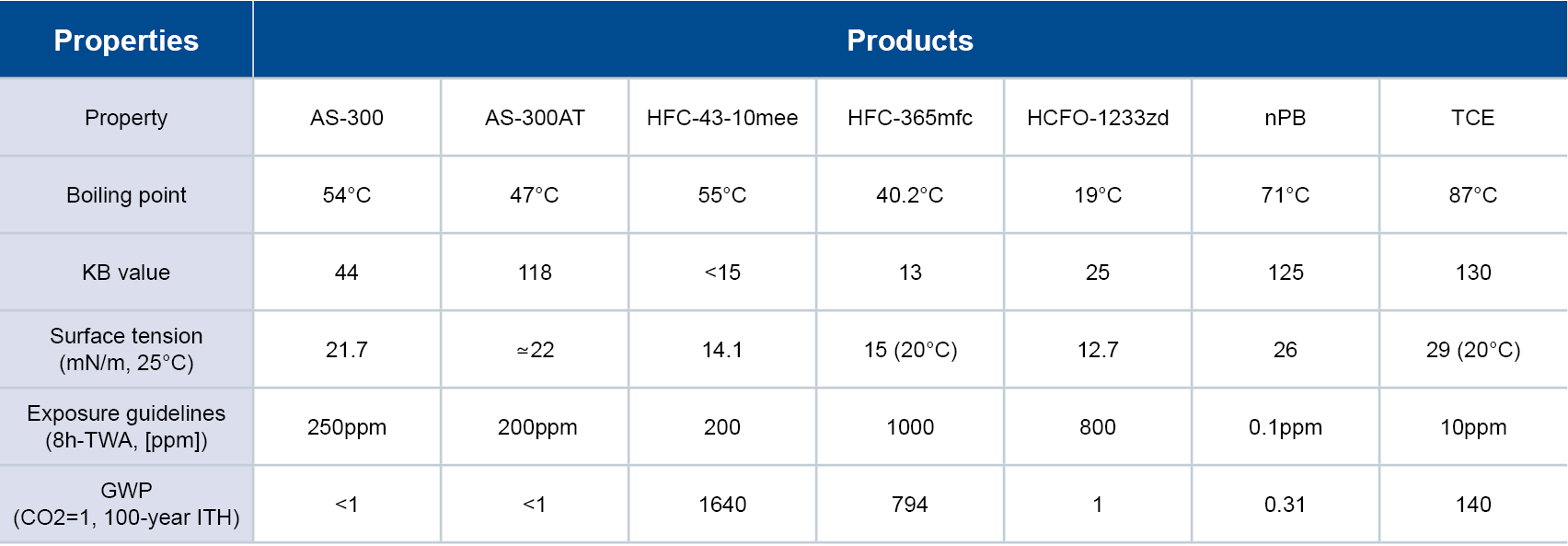Reading Time: 3 minutes
Many products we use every day are made from nonwoven fabrics, including home furnishings, disposable medical products, and automotive parts and interiors. Nonwoven fabrics can be treated with moisture repellents as rolled goods. This makes them more durable, able to stay dry longer, easier to clean, and better at providing a barrier against harmful fluids.
What are Nonwoven Fabrics?
Traditional fabrics are woven or knitted. Nonwoven fabrics are engineered as sheet or web structures, bonded together by entangling fiber or filaments through mechanical, thermal or chemical means. These fabrics can be designed for single-use or limited-life applications, but they can also be durable enough to provide a long service life. Not only can they be engineered with various strengths, they can also mimic the texture and appearance of woven textiles.
Because nonwoven fabrics are used in such a wide range of products and apparel, it’s important for mills and manufacturers to select the most effective moisture repellent for their specific application.
Differences Between Types of Non-Fluorinated Coatings
Non-fluorinated coatings offer good moisture resistance for nonwoven fabrics, protecting them from water, oil, and other contaminants. In recent years, the adoption of non-fluorinated coatings has accelerated across various applications, driven by the need to comply with evolving regulatory standards.
There are five primary types of non-fluorinated coatings used in nonwoven fabric treatments. In the following sections, we explore the strengths and limitations of each type to help readers identify the most suitable option for their specific needs.
Silicone-Based Coatings
Silicone-based coatings are often used on nonwoven fabrics. These coatings have low surface energy, which prevents fluids like water from penetrating the fabric fibers. However, they offer little to no oil and solvent repellency and have poor stain release and durability. As a result, they are not ideal for fabrics that require lasting protection, such as medical garments.
Urethane-Based Coatings
Urethane-based coatings provide strong protection against water. Their closed cell structure prevents fluid permeation while preserving the fabric’s soft feel and breathability. However, these coatings can degrade under ultraviolet light, diminishing their performance over time
Paraffin-Type Coatings
Paraffin-type coatings are made from petroleum, coal or oil shale. They are affordable water repellents for nonwoven and synthetic fabrics. Once applied, paraffin fills the gaps between fibers, preventing water from permeating the fabric. Although paraffin coatings are effective water repellents, they do not repel oil or isopropyl alcohol. They are also less sustainable than other types of non-fluorinated coatings.
Acrylic-Based Coatings
Acrylic-based coatings provide a strong barrier against water and stains. These flexible coatings can be applied to a wide range of nonwoven fabrics, from filters to medical disposables. They also contain fewer VOCs than urethane-based coatings, lowering the risk of health-related concerns.
AGC Chemicals Americas designed FibraLAST® acrylic-based coatings to repel oil and water from both woven and nonwoven fabrics. It also provides excellent resistance to isopropyl alcohol, making it ideal for use on medical disposables. When applied, it creates a microscopically rough surface texture that forms a chemical barrier — causing fluids to bead up so they are easier to wipe up. FibraLAST repellents are ideal for many types of nonwoven fabrics, including upholstery, uniforms and automotive textiles.
How to Select the Best Non-Fluorinated Moisture Repellent
Selecting the best non-fluorinated coating for nonwoven fabrics can be challenging because each formula interacts differently with various fabric types. To overcome these challenges, manufacturers and mills should collaborate closely with their chemical suppliers to determine the optimal coating for each specific application. Key tests include:
- Water/Oil Repellency Test: Measures how effectively the fabric repels water and oil.
- Hydrostatic Pressure Test: Determines the force and time required for a liquid, usually water, to pass through the fabric.
- Surface Resistivity Test: Measures how much static charge can be applied by measuring electrical resistance across the fabric surface.
- Static Decay Test – Measures the time required for an electrical charge to dissipate from the fabric.
- Stain Release Test: Evaluates the fabric’s ability to release oily stains during laundering.
AGC test labs are equipped with the latest technology to replicate mill coating applications. We work closely with mills and manufacturers to provide insight into the newest repellent technologies. Through collaboration and testing, we help ensure the best coating grade is selected for each product and application.
Ready to upgrade your textiles with a sustainable coating? Download this product sheet to learn how FibraLAST coatings repel oil and water from industrial textiles.


